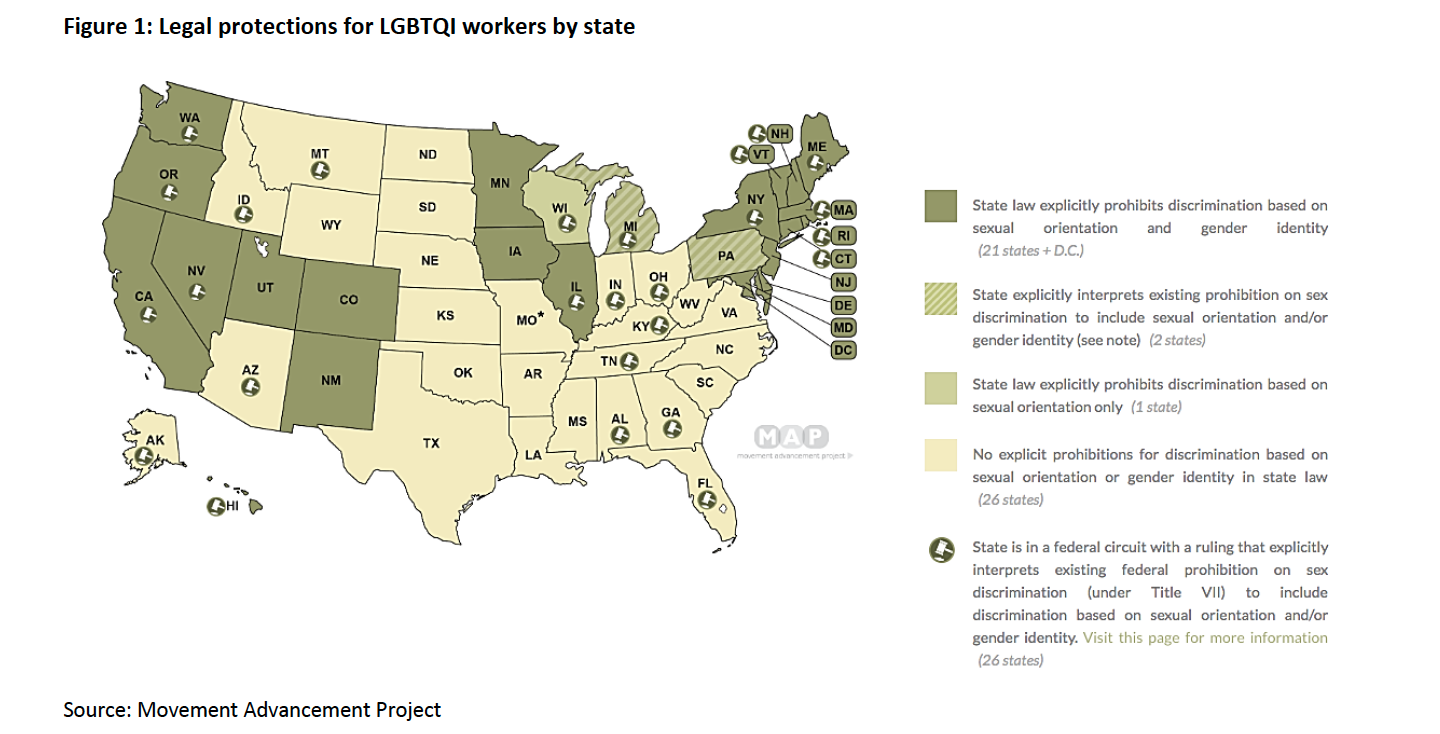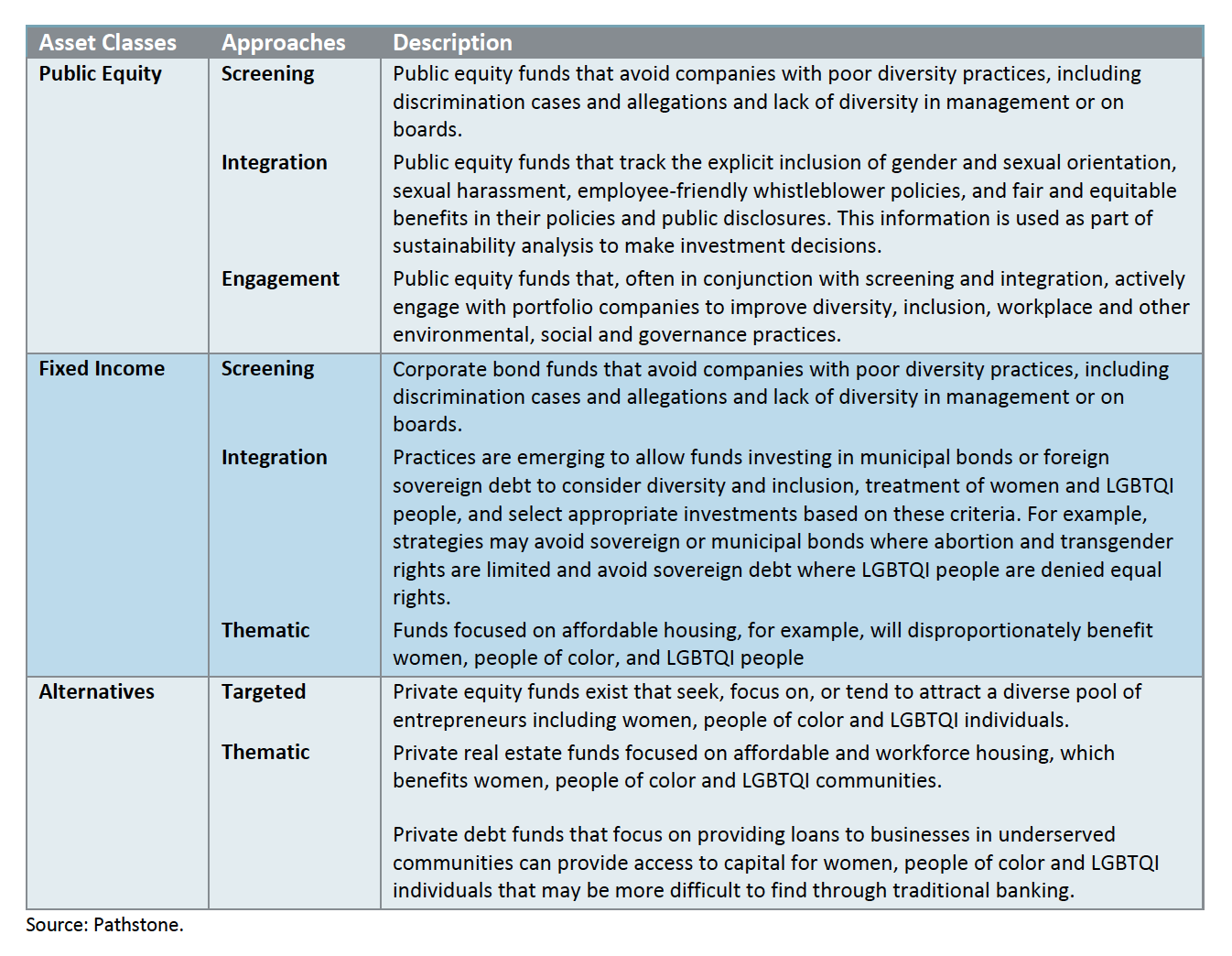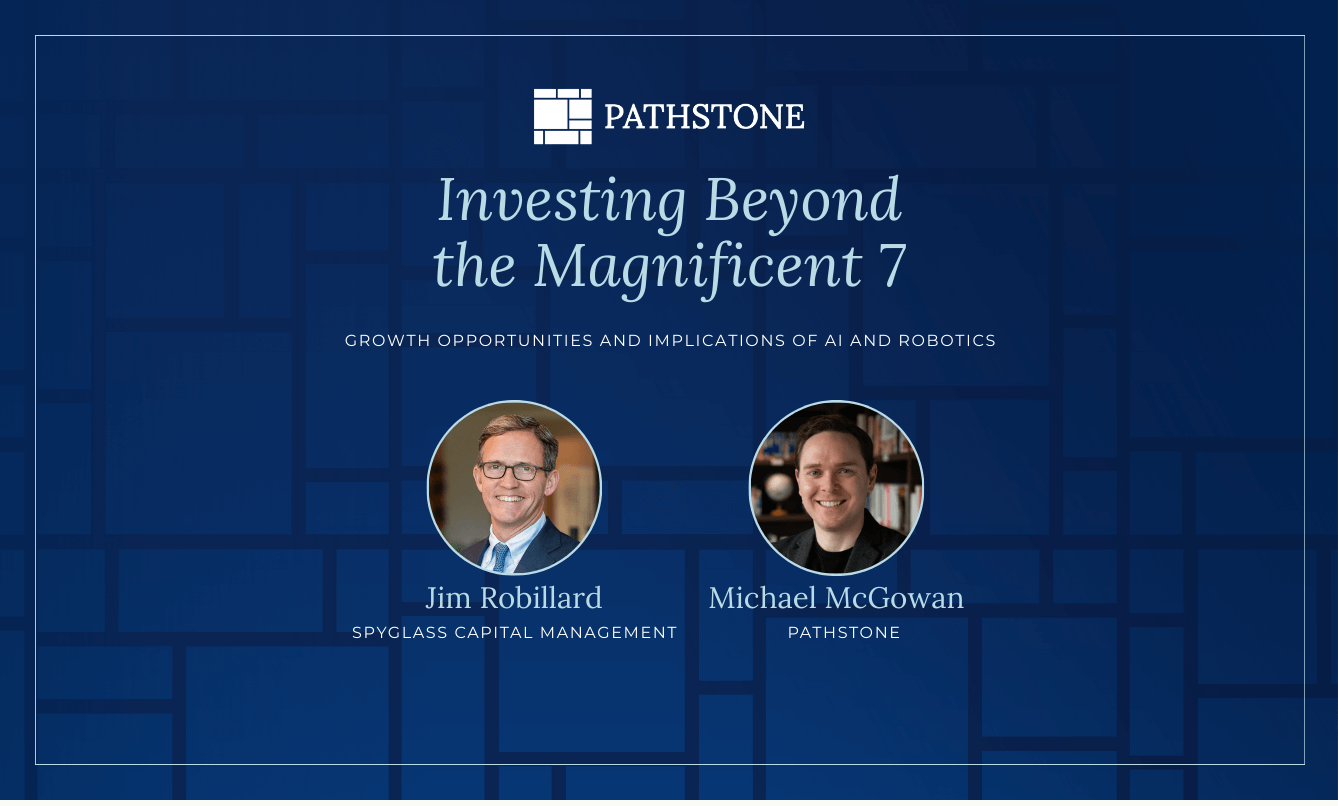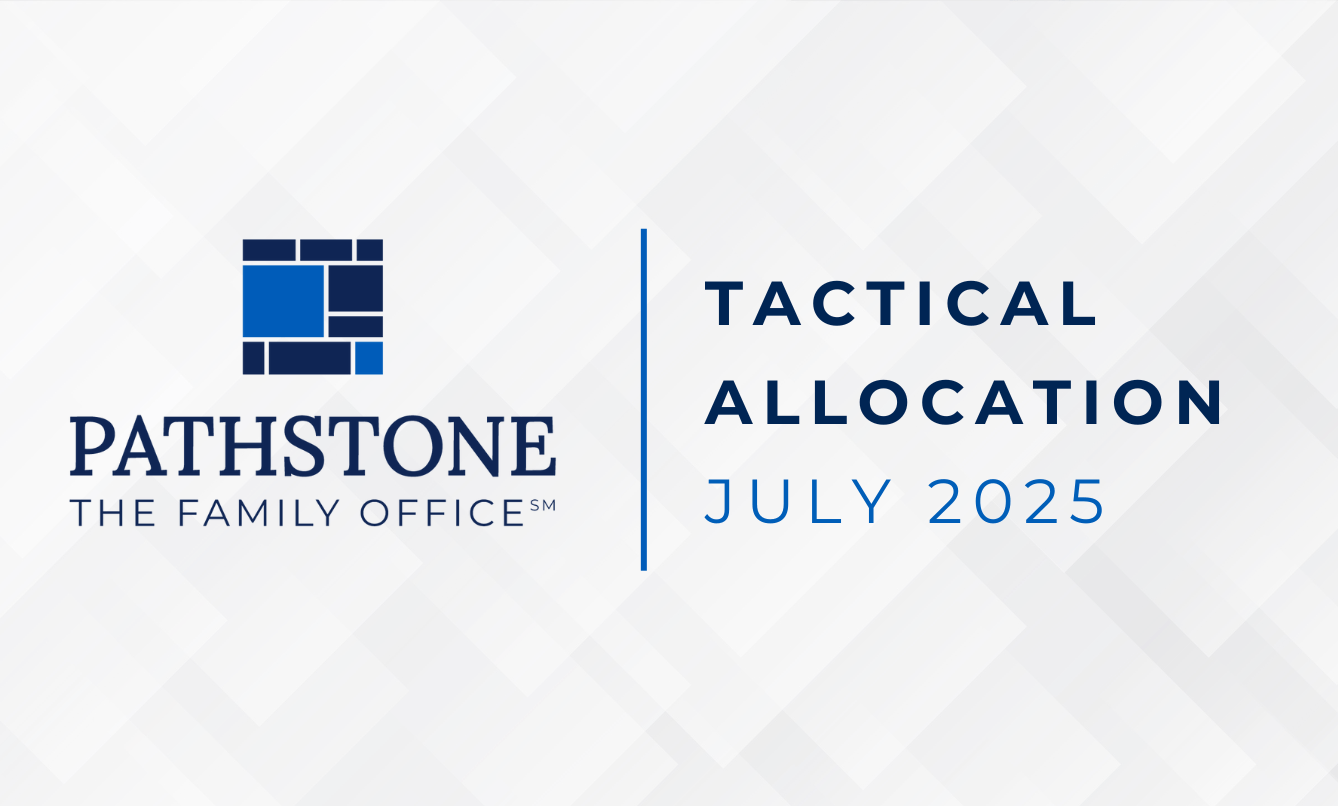The lesbian, gay, bisexual, transgender, queer and intersex (LGBTQI) community has benefited from a sweeping change in attitude across the U.S. and many other places regarding the rights of LGBTQI people. This change, which has been felt at all levels of society, has included the adoption of nondiscrimination policies at many companies, including the 85% of Fortune 500 companies that now prohibit workplace discrimination based on sexual orientation and gender identity or expression.[1] Like all institutional progress, change has come as a result of advocacy and engagement by people who care about LGBTQI equity, including institutional and individual investors and shareholders.
There is much to celebrate when it comes to LGBTQI inclusion in corporations, but there is also much to be done to ensure true inclusion across the full spectrum of the LGBTQI community. As investors continue to make the case for LGBTQI equity there is a practical and ethical mandate to align LGBTQI interests with those of gender lens investors and others who recognize that the establishment of corporate cultures and practices that embrace all employees, customers and stakeholders, will benefit everyone while maintaining discriminatory practices and beliefs will harm everyone.
In this report we make the case for the thematic alignment between gender and sexual orientation and gender identity, and we discuss practical implications for how investors and asset managers can consider LGBTQI alongside gender equity in their investment analysis. We also highlight existing investment strategies that reflect this approach.
There is a deep and compelling rationale for investor engagement in matters related to LGBTQI equity and its alignment to gender; we believe the rationale for alignment should be understood and supported by investors who care about an array of important issues, including and especially gender lens investors. Moving forward, investors are called upon to support the development of more research including quantitative data sets on LGBTQI equity and its interrelationship to gender in the workplace. Moreover, they can work with their investment advisors, managers, and the companies in which they are invested to improve corporate practices related to LGBTQI and gender equity. From workplace practices to public advocacy, we see countless opportunities for investors to become actively engaged and to use their investment capital as a strong and important force for change.
The Business Imperative for Equity
Corporate policies have been pivotal to the provision of legal protections for LGBTQI workers, because non-discrimination laws do not extend to LGBTQI workers everywhere in the U.S., and because some foreign countries have enacted laws that are actively hostile to LGBTQI people. As the Movement Advancement Project reports[2], in 26 states it is still legal for companies to fire someone on the basis of their perceived sexual orientation or their gender identity.

In addition to enacting non-discrimination policies on the basis of sexual orientation and/or gender identity, some companies have taken affirmative steps to evolve their corporate cultures to support full inclusion of LGBTQI people. To be clear, policies have not eliminated discrimination: More than half of LGBTQI employees report that discrimination negatively affects their work environment.[3] Nonetheless, policies do offer a level of recourse and accountability that otherwise does not exist in many companies.
As has been demonstrated for inclusion generally, support for LGBTQI communities is consistent with best business practice. Open for Business[4], an organization founded to build support within the business community for greater LGBTQI inclusion, argues that LGBTQI inclusion within companies and in the broader community can improve economic outcomes. For companies, greater inclusion is associated with improved brand reputation, reduced turnover, and increased productivity and innovation. Increasingly, young talent, regardless of sexual orientation or gender identity, expect the companies they work for to create an inclusive workplace, including for LGBTQI people.
Further, researchers at the Williams Institute have demonstrated that open communities enjoy higher levels of economic development and provide a more competitive environment in which to do business.[5] For this reason, many companies now publicly advocate for public policies that are supportive of LGBTQI rights.
Research on Corporations and LGBTQI Communities: Key Challenges
Any effort to hold corporations accountable for improvements in how they work with certain groups based on identity is complicated by the lack of regulation requiring disclosure of important information by corporations. Despite many efforts to encourage or require more disclosure, it is often done voluntarily and therefore with little opportunity for verification. As a result, data on corporate behavior is often imprecise and based on estimates or inference. When tracking behavior on corporations and their interrelationship with LGBTQI workers and communities, there is no required disclosure by any monitoring body. Moreover, due to pervasive and ongoing discrimination in the workplace, many LGBTQI employees do not self-identify at work, which complicates efforts to track diversity data as well as the prevalence of bias and discrimination.
Even under these circumstances, the Human Rights Campaign has been tracking the behavior of companies and large law firms in the U.S. since 2002 for its Corporate Equality Index, which is the only comprehensive report on LGBTQI corporate policies and behaviors in the U.S. With dedicated resources, HRC gathered data on 1,032 companies and law firms for the 2019 CEI Report. Yet, the data are primarily gathered through self-reporting through a survey administered by HRC. While the data are enormously valuable, there are obvious limitations in this methodology as companies that would not do ‘well’ answering the questions on the survey can opt out of the survey. Moreover, the report does not include information on the numbers of LGBTQI people in leadership positions or in employment writ large. Until these data collection challenges are overcome, there will be limited opportunities for tracking LGBTQI diversity numbers; thus, a continued emphasis on corporate behavior and practice rather than diversity will be the primary method by which corporations are judged.
Gender and LGBTQI Bias and Discrimination: Common Roots
The expression of bias toward LGBTQI people is complex and cannot be addressed solely through modification of corporate policies. Many LGBTQI people report that their experiences of discrimination relate to perceptions of them as gender non-conforming. Same-sex couples fundamentally disrupt belief systems about gender roles in society; for example, if a woman is in an equal relationship with another woman, then the couple inherently steps out of the binary gender norms of female/male. This realization on the part of some people can be unsettling and is in fact at the root of much of the bias and discrimination that LGBTQI people face in society, in their families, and importantly, at work.[6] Moreover, transgender people experience tremendous discrimination in the workplace[7]; for gender non-binary individuals, the way in which they express their gender can cause cisgender[8] people to feel uncomfortable and result in biased and discriminatory behavior directed toward transgender or gender non-binary people.
It is therefore appropriate to understand bias and discrimination toward LGBTQI people at least in part as being inherently related to gender and the normative expectations of gender within the workplace.
Importantly, then, the movement to address gender bias and discrimination in corporations should be inclusive of sexual orientation and gender identity as well as gender. By opening up space for non-normative expressions of gender, companies can create space for people of all genders and sexual orientations to freely express themselves and to bring their full capabilities to work. This includes heterosexual females and males, who are also subjected to gender norms at work through expectations of what is “women’s work” and “men’s work” and through expectations of how interpersonal relationships should play out at work. Indeed, addressing gender equity in an inclusive and expansive manner could help address sexual harassment in the workplace.
Recognizing the intersection between gender discrimination and LGBTQI equity results in a profound reorientation of how investors and advocates can approach companies and their attitudes toward full inclusion. Gender lens investors are gaining momentum in their efforts to encourage a change in corporate behavior and policies, but except in few instances, these efforts are not explicitly inclusive of LGBTQI equity. And yet, the benefits of aligning efforts among LGBTQI investors, advocates and researchers with gender lens investors, advocates and researchers can only serve to benefit everyone, regardless of sexual orientation or gender identity.
Aligning LGBTQI and Gender Lens Investing
The gender lens investing movement is growing, and its influence is growing, too. Building on the seminal work of the Criterion Institute, in which a framework for gender lens investing was articulated in 2015 in their report State of the Field of Gender Lens Investing, a basic consensus has been emerging on the three fundamental areas for gender lens investors to seek influence: creating more equitable, safe, and inclusive workplaces; securing access to capital for female entrepreneurs; and products and services benefiting women and girls. Since 2015, various centers of influence including the Wharton Social Impact Initiative and Suzanne Biegel, Catalyst at Large, along with many others, have joined Criterion in deepening their critical analysis and have helped generate an enormous amount of research and advocacy focused on gender in the investment arena. To date, much of the work has been focused on influencing the workplace and how companies address gender equity. Moving forward, we believe there are numerous opportunities for investors who care about gender and LGBTQI equity to work together to encourage greater inclusion focused on these overlapping communities.
Influencing LGBTQI and Gender Policies in the Workplace
Building on the work of the Global Impact Investing Network’s Navigating Impact Gender Lens[9] theme, which was developed by Criterion Institute in consultation with 80+ investors and gender experts[10], we have identified three major areas related to workplace policies and practices that investors can focus on to bring greater continuity between a gender lens investing strategy and an LGBTQI investing strategy.
Policy Protections
- Non-discrimination policies and equal employment opportunity policies. The inclusion of sexual orientation and gender identity in both types of policies will enhance protections for everyone. Explicitly addressing the discrimination and bias directed at individuals because of their gender expression – which can happen to anyone of any background – will improve outcomes for all workers.
- Wage Equity. Equal pay for equal work is more than a slogan – it’s something that many people from marginalized groups do not experience, including women, people of color, and lesbian, gay and bisexual people.[11] (Note that currently there is a lack of reliable data on transgender wage gaps; however, there is clear evidence that transgender people experience significant economic hardships resulting from their gender identity.[12]) More coordinated action to require greater disclosure on pay equity across different groups can be a powerful point of convergence for gender lens investors and others, including those committed to LGBTQI equity. In fact, the Williams Institute estimates that the elimination of a gender wage gap would reduce the poverty rate for women in same-sex couples from 7.9% to 5.4%.[13]
- Monitoring and Disclosure of Turnover. As companies try to address issues of equity and inclusion, there must be a concerted effort to understand company practice and how bias and discrimination may or may not affect employee turnover rates. Tracking and disclosing factors related to turnover, including institutional bias and discrimination and other related factors such as sexual harassment, is essential to changing workplace dynamics. Including factors related to sexual orientation and gender identity alongside gender when understanding what is influencing turnover rates will help bring awareness and change to the workplace.
- Sexual Harassment. The increasing awareness of the prevalence of sexual harassment in workplaces is creating new opportunities for discussion and action on the importance of clear sexual harassment policies. Inclusive policies and training that explicitly address harassment toward LGBTQI people are important to have in the broader context of sexual harassment and violence in the workplace.
Benefits
- Healthcare Benefits. As the costs of healthcare increase and employer contributions to those costs decrease, employees are left to cover more of the costs of healthcare. This is especially challenging for lower earners, including LGBTQI people. Additionally, healthcare coverage for domestic partners is still only available at half of all Fortune 500 companies[14], making healthcare more expensive for same-sex couples. Moreover, transgender individuals seeking medical care often face enormous burdens in covering the costs of their healthcare especially when dealing with the costs of medical transitions. The benefits of protecting and enhancing healthcare coverage for everyone regardless of gender or sexual orientation would have a net benefit for all.
- Family Leave Policies. Many gender lens investors have called on U.S.-based corporations to extend their family leave policies to provide more paid time off for parental leave and for the care of family members. Robust and equal benefits regardless of one’s gender will have a huge impact on all parents; the impact for LGBTQI parents will be especially noteworthy as the normative expectation of a woman taking time off to care for family members does not apply equally in same-sex couples as with heterosexual couples.
Workplace Training
Developing inclusive workplaces takes time and a commitment on the part of company leaders to address institutional bias and micro-aggressions that happen every day related to all sorts of factors including race, ethnicity, disability, gender, and of course, sexual orientation and gender identity. Comprehensive, inclusive workplace training programs that address all of these factors are needed. Investors should encourage and hold companies accountable for meaningful workplace training programs that go beyond window dressing and provide employees and managers with effective tools for addressing the array of differences in the workplace.
Further, with growing awareness of the pervasiveness of sexual harassment and sexual and gender-based violence in the workplace, a number of gender lens advocates and investors have made a strong case for targeted and meaningful efforts to disrupt patterns of gender-based violence, harassment, discrimination, and bias in the workplace through training and other efforts to raise awareness. These same efforts could be extended to explicitly address harassment and violence based on sexual orientation and gender identity. Investors who seek to hold companies accountable for addressing toxic workplace cultures, including harassment and workplace violence, should demand corporate training and accountability on this front to include sexual orientation and gender identity.
Investors who seek to hold companies accountable for addressing toxic workplace cultures should demand corporate training and accountability on this front to include sexual orientation and gender identity
Human Rights, Gender and LGBTQI Inclusion
There are other points of obvious synergy between gender lens investors and an LGBTQI equity agenda. For starters, investors who track international human rights violations among corporations should recognize a significant relationship between human trafficking and supply chain problems affecting women and girls as well as LGBTQI people. Many countries that ignore human rights protections that are codified in CEDAW, the Convention on the Elimination of all Forms of Discrimination Against Women, are often equally culpable in their disregard of violence and discrimination against LGBTQI people. As investors get more active in holding corporations accountable for their practices in regions with gender-related human rights issues, they can also encourage corporations to similarly improve their records on LGBTQI human rights. Moreover, the growing movement of investors tracking and highlighting indifference or even blatant violations of widely accepted labor practices among corporations and the companies in their supply chains can and should integrate analyses of abuses against LGBTQI workers who work within in the supply chains of corporations.
Public Advocacy for Gender and LGBTQI Rights
Among the robust active engagement campaigns proliferating among investors are efforts to encourage companies to use their considerable financial clout in jurisdictions engaging in practices that are counter to the companies’ values. For example, Salesforce influenced changes in discriminatory Indiana laws by threatening to scale back investment in the state and by temporarily instituting a partial travel ban for its employees to Indiana.
Investors are encouraging companies to use their considerable financial clout in jurisdictions engaging in practices that are counter to the companies’ values
Such decisions suggest that the company is seeking to integrate its values into its operations and is willing to bear the associated costs of doing so. Many of the states and jurisdictions outside of the U.S. that are systematically enacting anti-LGBTQI laws and policies are also seeking to roll back protections for women, for example, related to abortion rights. Most recently, a number of film production companies, including Netflix and Disney, are threatening to pull out of Georgia in response to new, highly restrictive abortion law set to take effect January 2020. Gender lens investors and investors working toward LGBTQI equity can find tremendous synergy around their public advocacy efforts.
Investing for LGBTQI Equity: Opportunities
Pathstone is sensitive to the business and investment value of diversity, equity and inclusion across many vectors. As experienced impact investment advisors, we are also cognizant of how these issues are integrated with other issues important to impact investors, especially gender lens investors, and how they can play out across asset classes and different types of investment strategies.
Evaluating investment strategies for their alignment in support of specific issues, in this case gender and LGBTQI equity, starts with thorough assessment on a number of fronts.
Investment Manager Assessment
We believe that firms that are more diverse and inclusive provide the greatest opportunities for comprehensive and effective integration of investment decision-making broadly, and LGBTQI interests specifically. We have always considered the gender diversity of fund managers in our assessment, and increasingly we evaluate fund managers’ demonstrated commitment to gender equity on many dimensions. Building on this experience, we would assess the following factors when it comes to evaluating fund managers for their commitment to LBGTQ equity:
- Do they have diverse staff, including women and LGBTQI staff, among leadership, investment professionals, and other roles?
- Do they prohibit discrimination based on gender, sexual orientation and gender identity?
- Do they have worker-friendly whistleblower policies?
- Do they offer benefits considerate of the needs of LGBTQI families and individuals?
- Do they offer and require training to prevent discrimination and harassment based on gender, sexual orientation, and gender identity?
- Does frequent turnover of staff raise concerns about culture?
- Does the firm have gender-based and/or LGBTQI affinity groups? Do they enjoy high level support? Is there a high level of participation?
- How has the firm responded to any relevant policy issues surrounding gender and/or LGBTQI rights related to their own practices?
Pathstone works with a range of large and small firms in different geographies and with different areas of expertise, and we tailor our avenues of inquiry to the firm we are evaluating. A large firm with thousands of employees will be expected to have sophisticated programs to improve multiple facets of diversity and employee satisfaction. A new venture capital fund with two founders will more likely develop their programs and policies as they grow. Overall our role as an advisor is to choose the most suitable investment strategies for clients from an impact, values alignment and financial perspective. We believe that inclusive teams and investment strategies that champion LGBTQI equity have a role to play across all three of those dimensions.
Investment Strategy Assessment
In addition to evaluating the asset management firm, we seek to understand how gender, sexual orientation and gender identity issues are incorporated into that firm’s process of evaluating specific investments. In particular, we look at the following factors:
- Policy protections in the form of non-discrimination, wage equity, turnover transparency and policies and training regarding sexual harassment
- Benefits including healthcare and family leave policies that inclusive of the needs of LGBTQI individuals and families
- Workplace training to remove institutional biases and micro-aggressions
- Active engagement in human rights, supply chain, and local/regional policy issues affecting women and LGBTQI people
- In addition to information on the investment firms, we seek to understand how the information is included in the investment decision-making process:
- Is information used to screen companies in or out of the portfolio? For instance, are companies with poor records on workplace discrimination excluded from the portfolio, or any company that offers inclusive benefits is included in the portfolio?
- Is information “integrated” with other company information on environmental, social and governance (ESG) issues to create a portfolio of companies that score high overall on ESG criteria?
- Does the team engage with companies to try and improve their policies on workplace or supply-chain gender and LGBTQI equity?
Investment strategies often combine the approaches above and may use them differently depending on the asset class or investment style. In the table below we summarize the investment approaches most aligned with support for LGBTQI communities.

A Call to Action for Investors
There is a deep and compelling rationale for investor engagement in matters related to LGBTQI equity and its alignment to gender; we believe the rationale for alignment should be understood and supported by investors who care about an array of important issues, including and especially gender lens investors. Moving forward, investors are called upon to support the development of more research including quantitative data sets on LGBTQI equity and its interrelationship to gender in the workplace. Moreover, they can work with their investment advisors, managers, and the companies in which they are invested and to improve corporate practices related to LGBTQI and gender equity. From workplace practices to public advocacy, we see countless opportunities for investors to become actively engaged and to use their investment capital as a strong and important force for change.
[1] Human Rights Campaign 2019 Corporate Equality Index
[2] http://www.lgbtmap.org/equality-maps/non_discrimination_laws
[3] http://outandequal.org/2019wefs/
[4] https://open-for-business.org/
[5] Williams Institute, M.V. Lee Badgett, Kees Waaldijk, and Yana van der Meulen Rodgers, The relationship between LGBT inclusion and economic development, Macro-level evidence, 2019
[6] For more information, see Wilchins, Riki, Queer Theory/Gender Theory, pp. 13-20, Magnus Books, An Imprint of Riverdale Avenue Books
[7]Injustice ta Every Turn: A Report of the National Transgender Discrimination Survey, https://transequality.org/sites/default/files/docs/resources/NTDS_Exec_Summary.pdf
[8] Cisgender describes people whose biological body at birth matches their personal gender identity. This experience is distinct from being transgender, which is where one’s biological sex does not align with their gender identity. Source: https://othersociologist.com/sociology-of-gender/
[9] https://navigatingimpact.thegiin.org/gender-lens/
[10] Note, report author Katherine Pease contributed to this initiative.
[11] The Impact of Wage Equality on Sexual Orientation Poverty Gaps, The Williams Institute, 2015
[12] Injustice at Every Turn: A Report of the National Transgender Discrimination Survey, https://transequality.org/sites/default/files/docs/resources/NTDS_Exec_Summary.pdf
[13] https://williamsinstitute.law.ucla.edu/wp-content/uploads/Impact-of-Wage-Equality-on-Sexual-Orientation-Poverty-Gaps-June-2015.pdf
[14] Human Rights Campaign 2019 Corporate Equality Index
Please download the full report for important citations and disclosures.







